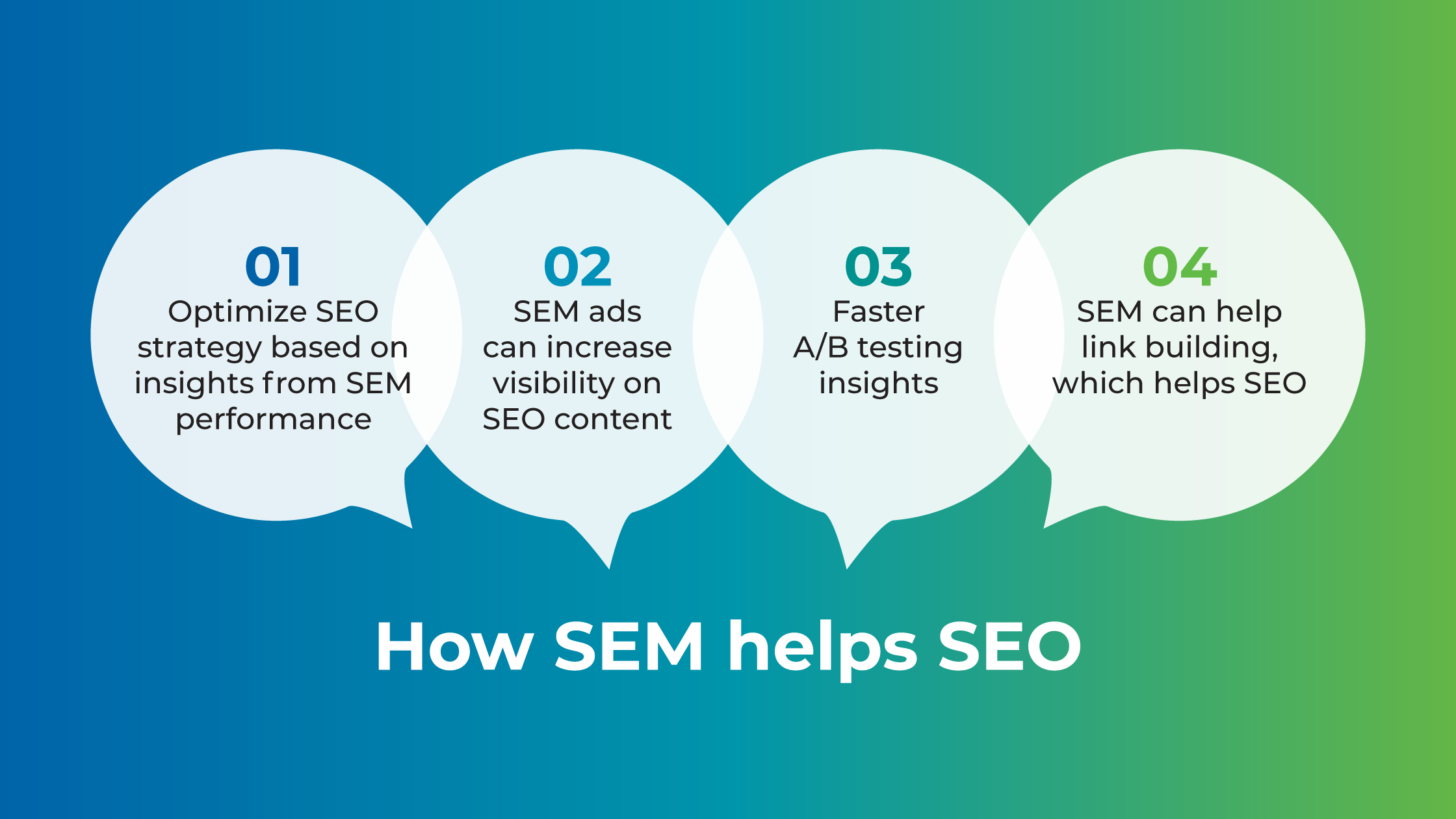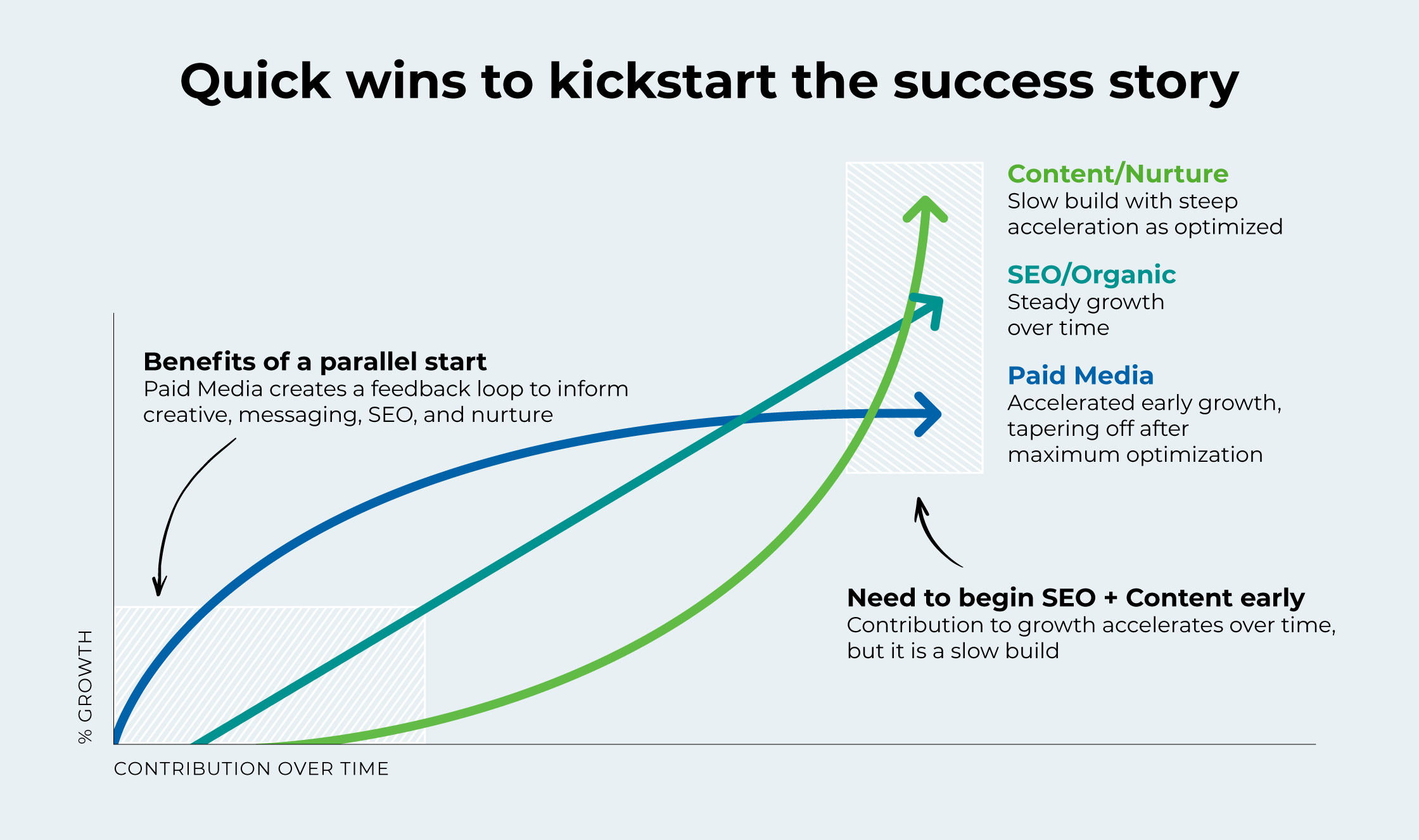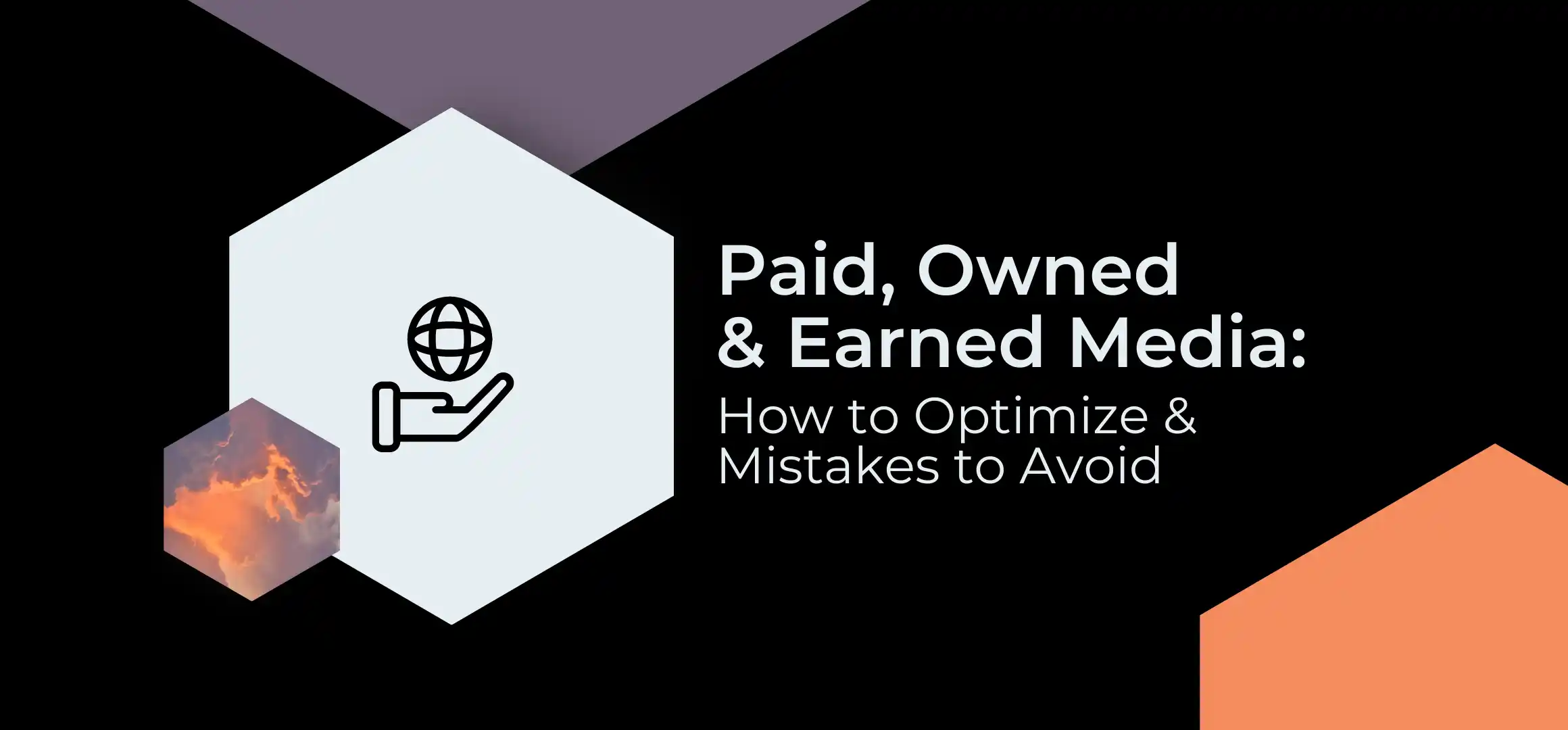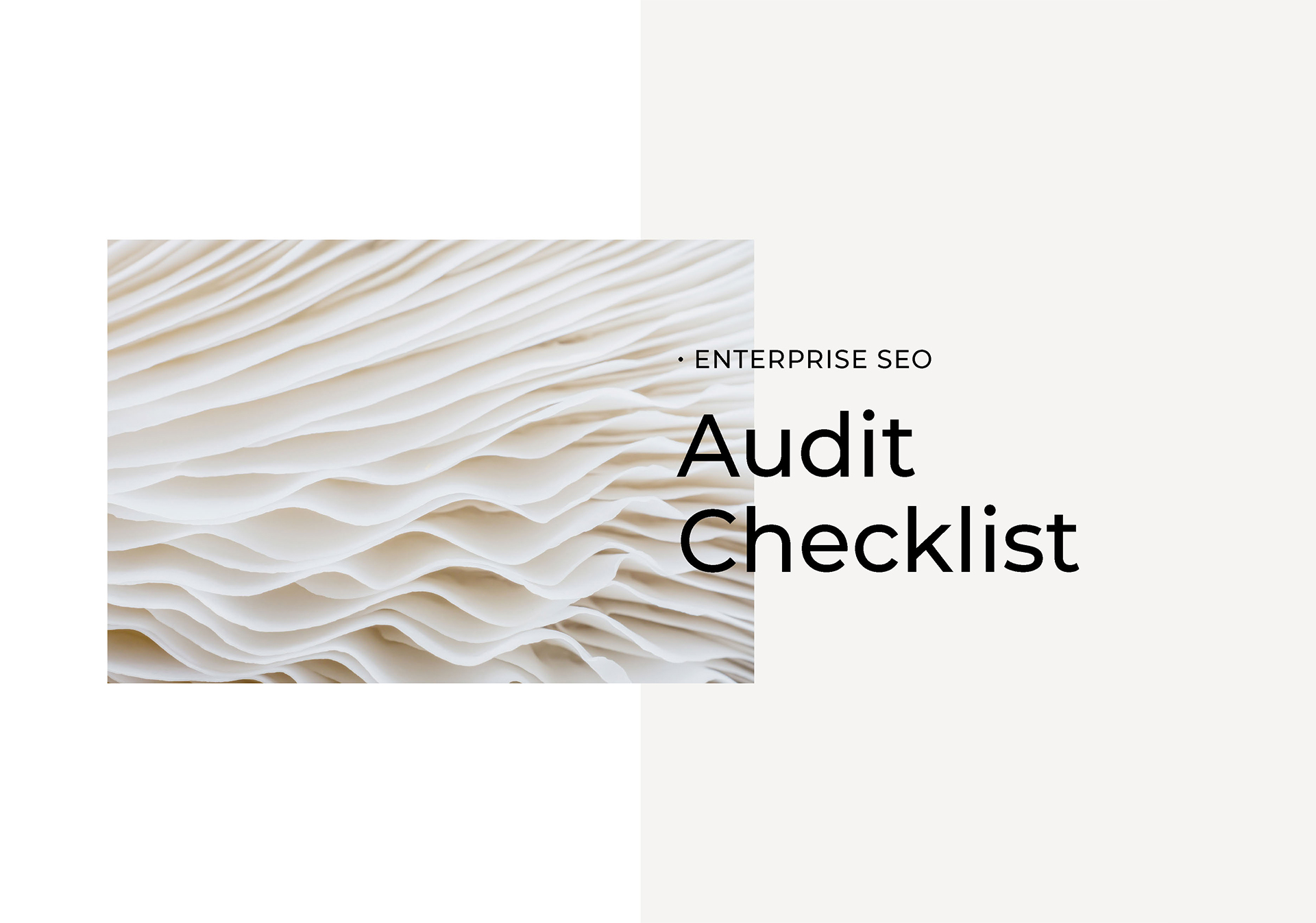
In gathering our thoughts about the current SEO SEM balance in the digital marketing landscape, we encountered a sticky wicket, as our British friends like to say.
So let’s address that first…
Every week, we meet brands who are convinced that their smartest move is to zero in on either SEO or SEM, but not both simultaneously.
We love a good focused sprint as much as the next team, so we understand the inclination to double down in a single performance arena. There’s definite appeal.
AND.
No data (really, none) validates the decision to overindex in organic alone, or paid alone.
The best analogy here is the classic pairing of good nutrition and exercise. Evidence shows that focusing on one to the exclusion of the other will not achieve the optimal health we all want. SEO and SEM operate in much the same way.
Can focusing solely on SEO vs SEM (or vice versa) produce meaningful KPI improvements? Absolutely.
Are those improvements the best possible growth rates, and are they lasting over the long term? Time and time again, the data says no.
This is a hugely important consideration as brands are allocating budgets to a host of marketing strategies aimed at sustainable performance, quarter after quarter.
We’ll expand on this more below, but that’s enough wicket unsticking for now. Let’s proceed with:
- Quick definition of SEO
- Quicker definition of SEM
- SEO vs SEM: How they’re different
- Client example showing how SEO and SEM work together
- How SEO helps SEM
- How SEM helps SEO
- 3 ways brands need to think differently about SEO SEM
What is SEO?
Search engine optimization (SEO) refers to the process of optimizing a website’s content, structure, and technical aspects to increase the site’s placement in organic search results for relevant keywords and phrases.
The goal is to rank higher in search engine listings, which then drives increased organic (read: less expensive) traffic and a higher conversion rate.
Google indexing takes a while though, which means most SEO implementations won’t start showing performance improvements for at least 4-6 weeks. SEO is a long-term strategy that requires continuous efforts to maintain and improve rankings over time.
What is SEM?
Search engine marketing (SEM) broadly refers to a variety of digital marketing strategies aimed at generating immediate visibility in search engines.
Also known as SEA (paid search engine advertising), SEM technically includes organic methods like SEO, but the term is primarily used to refer to running paid advertisements, including PPC (Pay Per Click), on SERPs that closely relate to the advertiser’s product or service.
Whenever we refer to SEM below, always think “paid search ads.”
What’s the difference between SEO and SEM?
SEO and SEM services are very closely related, which is we recommend implementing both strategies simultaneously. Before we get into how investing in both delivers higher overall ROI for your business, let’s look at the three main differences between SEO and SEM:
Difference #1: Paid vs less paid
No marketing strategy is “free.” You’ve got to pay somewhere. Don’t make the mistake of concluding that SEO is not paid but SEM is – you’re paying with both of them.
SEM is paid ads.
SEM has direct costs associated with paid advertising, such as bidding on keywords and paying for clicks or impressions. By strategically targeting the most aligned keywords, in the most efficient way, SEM gives your brand visibility with users who are already searching for your category or brand terms.
SEO involves no paid ads, but there’s still a cost.
Because the SEO focus is entirely on organic performance, brands don’t pay for clicks or impressions. However, SEO still comes with a price tag.
Successful SEO efforts require investing in Technical SEO, optimization strategists, and content experts who know how to generate user- and Google-friendly content.
Difference #2: Location and prominence
The goal of SEO is to improve where your site ranks in SERPs so that you’ll get high visibility for key terms and therefore attract clicks that you don’t have to pay for directly.
SEM, on the other hand, guarantees immediate visibility on the top or bottom of SERPs when users search for specific keywords.
Category leaders invest in SEO so they’re on the first page of organic search results AND pay for SEM ads to appear on those same search results. This gives their brand multiple positions on relevant search results pages (sponsored and organic placements), which increases the likelihood of garnering the attention of the users they want.
Difference #3: Short term vs long term
SEO is a long-term strategy. To be successful, it requires consistent attention and the willingness to take the long view as improvements in organic rankings and traffic happen gradually.
SEM offers the upside of immediate short-term traffic for as long as budget remains allocated to an active campaign.
How SEM and SEO work together: A client-partner example
An eCommerce client-partner ran SEM without SEO for the larger part of a year.
We presented our rationale for supporting SEM with an SEO performance strategy (technical optimizations, UX optimizations, and weekly net new content creation), and they dove in. Results included:
- 62% increase in paid search revenue in the first quarter of implementing an SEO strategy.
- This client typically sees a decline in July due to seasonality but July 2023 was their best yet. They’re maintaining a strong trajectory with 8% MoM growth and 20% YoY ROAS growth.
- Traffic % balance (direct, organic, paid) has evened out. If you’re not sure why that’s a big deal…
The traffic balance all brands should strive for
The highest performing brands prioritize a traffic mix that’s more weighted toward organic/direct traffic, which is higher converting and typically converts at a higher AOV.
This doesn’t mean paid traffic should be nill, though. New eyeballs and new customers come via paid, but paid traffic converts at a lower rate, lower AOV, and experiences higher bounce rates.
Paid has a place in every growth strategy — it’s just not Priority #1.
Ideally, more than 60% of your conversion traffic should be coming from organic/direct and no more than 35% from paid sources.
Why does SEO help SEM?
We’ve written 4,000 times (most recently, in our thoughts on top of funnel SEO, website redesign SEO, and don’t miss SEO and inbound marketing) about why weak or no SEO strategies lead to the suppression of your paid ads, including SEM.
But if you’re new to us and haven’t heard about this yet, here’s the gist:
- Google wants its users to find what they’re searching for as quickly and conveniently as possible. This makes their users stick around, which makes Google all the monies.
- The technical structure of your website either helps Google do the above or makes it more difficult (let’s call the latter “bad SEO”).
- Your bad SEO makes it harder for Google to give its users high-quality content that’s relevant to what they searched for, delivered via a fast and UX-optimized website. AKA: Your website is hurting Google’s ability to satisfy its users, so they’re going to penalize you by lowering your SERPs rankings and suppressing paid performance.
- Yes, even though you paid Google for that traffic — they don’t care. Their terms and conditions are clear. They’re taking their toys and going home because your website makes them sad.
- Additionally, Google doesn’t care if most of your traffic comes via desktop. If any element of your desktop or mobile site doesn’t meet their standards, paid performance will be suppressed.
The underlying role of SEO in SEM success cannot be overstated. The best marketers acknowledge this freely, but the inverse is discussed far less often.

Does it work in reverse? How does SEM help SEO?
1. Use insights from SEM performance to improve your SEO strategy
Effective SEM strategies always begin with extensive keyword research to identify relevant and high-performing keywords for your ads. This research can provide valuable SEO strategy insights, helping optimize your website for the same high-performing keywords.
2. SEM ads can increase visibility on SEO content
SEM produces immediate brand visibility in search engine results. This increased visibility offers brand exposure and has been shown to make prospective customers more likely to click on your organic listings when they encounter them later.
3. Faster A/B testing insights
Due to the speed of results available in SEM campaigns, brands can perform A/B testing for different ad copy, landing pages, or call-to-actions and transfer these learnings to the SEO strategy as well as to optimizing ongoing SEM efforts. This is a faster way to identify subtleties in user behavior, user preferences, and the effectiveness of value proposition messaging and other content elements.
4. SEM can support link building, which helps SEO
SEM campaigns don’t directly impact your website’s backlink profile, but they can indirectly support link building. SEM ads drive traffic to your website. Invariably, some of those visitors will find your content valuable and share the link with friends, family, or colleagues in their organization (driving direct organic traffic) and/or linking to your content from their website or social media profiles. This organic sharing and linking is one of the components that defines your website’s overall authority and ranking potential.

3 ways you need to think differently about SEO and SEM
So much of marketing success isn’t really about tactical deployments but about the strategic thinking that informs what, when, where, and how specific actions are taken.
Sustained growth marketing requires better marketing thinking.
Here are what we believe are the three most important performance pivots most brands need to make in terms of how they think about SEO and SEM:
#1: There’s no such thing as “free” marketing. Embrace the fact that ALL strategies require you to pay.
Many brands are paying out the nose for their brand terms when that traffic could be acquired far less expensively through SEO efforts. And many aren’t aware that their “bad SEO” is hurting the performance of their paid strategy.
HOWEVER!
That doesn’t mean that all you need is SEO so abandon paid, post-haste!
Brands still need to pay for some key brand terms, otherwise your competitors will waste no time in snatching them up.
The dream of building a lasting brand with zero or minimal paid advertising is a sweet fantasy, but no sizable organization has pulled it off yet. Not for the long term.
If you think you can do it only on organic, you can’t.
If you think you can do it only on paid, you can’t.
#2: Looking at only the short term or only the long term is a miss that no brand can afford.
Many marketers believe that every decision they make sits squarely in “Today Urgency” OR “Tomorrow Planning.” Pick one because how on earth could it ever be both? To expect that would be irrational, right?
Not according to category leaders in every vertical who constantly invest in BOTH.
More specifically, category leaders know that cultivating paid (SEM) and organic performance (SEO) at the same time increases the individual performance metrics of each strategy.
Our not-so-secret top SEM recommendation: Accelerate the growth process with SEM to establish market share and drive revenue, which then funds continued SEO and UX optimizations, which further drives revenue. Short term quick wins AND future proofing for the long term.

#3: The answer is never a single tactic. You need an orchestra; not just the first flute.
Above, we’ve made the case for the symbiotic relationship between search engine marketing (SEM) and search engine optimization (SEO).
Based on our many decades of business experience and all the marketing math, this is our strongest recommendation.
AND.
We meet wonderful humans every day who tell us they’re only interested in short-term gains, and then others who are more focused on maintenance and long-term traction.
If you’re determined to stick to your “SEO only!” or “SEM only!” path, our talent bench of senior digital marketing experts (over 12 years of experience per consultant-partner, on average) to make it happen.
And we hope that during our partnership, you’ll let us show you why no brand has grown sustainably without investing in both organic and paid channels.
TL;DR on SEO and SEM working together
- SEO strengthens your brand and domain authority by optimizing your website and how well its content communicates with Google.
- SEM places search engine ads in front of users already searching for your brand and/or category terms.
- SEM without SEO typically leads to the suppression of paid campaigns because without Technical SEO expertise, most websites are under optimized according to Google.
- Our #1 recommendation: Invest in SEM to drive market share and revenue (short-term gains), which then funds deeper investments in SEO (long-term gains).




